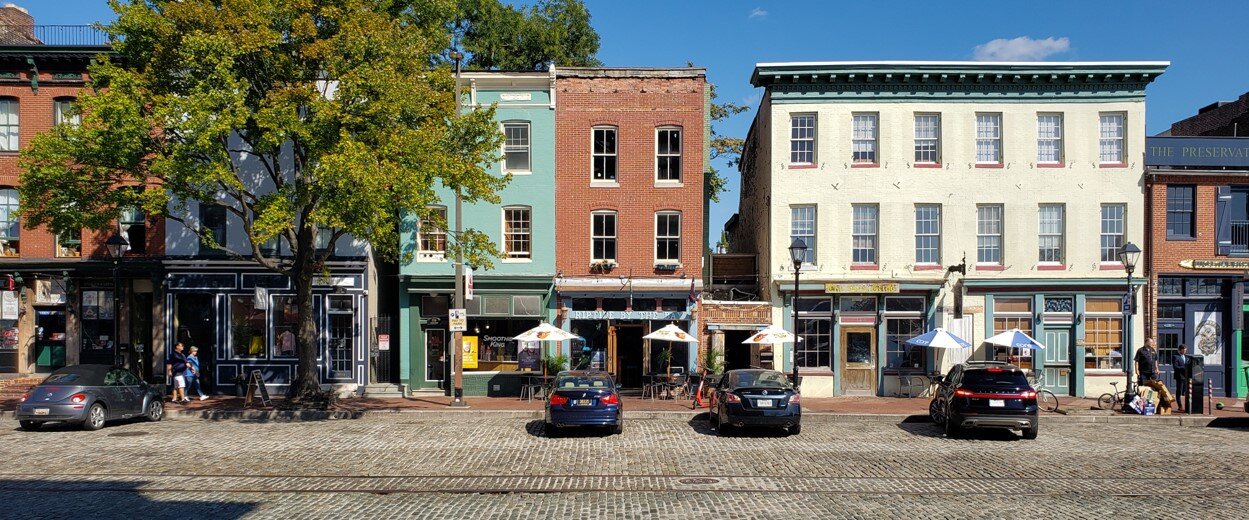Burbage’s Grocery, in Charleston SC
A big part of the convenience and functionality of traditional towns comes from their mix of land uses. Episode 7 of Town Planning Stuff Everyone Needs to Know, “Mixing Land Uses,” reaches screens Monday, May 24 at 2pm. (Please share it, and subscribe to our YouTube channel to get notified about upcoming episodes. And, watch the episode for some cool new animations by Theresa Dover.)
Instead of pushing the needs of daily life farther apart from one another—as became common in the suburban zoning experiment after World War II—the time-tested way of building a town is to deliberately bring a range of human activities closer together. That way, you can find many of the things you need right in your neighborhood, within walking distance.
For example, you might be able to walk from your home to a corner store or a café without having to drive there-- and without having to search for a parking space! Our client and collaborator, traditional neighborhood innovator Vince Graham, argues that “mixity” is more important than density when sizing up the impacts of development.
Vince Graham, founder of Newpoint and I’On, with one of the places we’ve designed together, seen in Ep. 7
Just a little bit of mixed use brings many benefits:
Shorter Trips, More Workable Transit, Less Carbon
Some trips out on the regional road network get shortened. Others get eliminated, captured within the neighborhood. And still others become feasible for walking, biking or transit. All of that helps manage regional traffic. Plus, with those shorter trips you’ll lower everyone’s carbon footprint.
Flexibility, adaptability and historic preservation in Fells Point, Baltimore
Flexibility, Historic Preservation
But that’s not all. Mixed land uses allow for organic, economic choices and change over time, letting the market have more sway over the mix. That, in turn, also supports the adaptive re-use of beloved historic buildings, extending their lifetime.
Balance, and Getting to Know the Neighbors
Live/Work combinations— also known as zero commute housing— and mixed land uses allow for a better jobs/housing balance, which can be key to a municipality’s sustainable tax base, lowering the costs for households, businesses and government. And above all, in a mixed-use neighborhood you’re simply more likely to get to know your neighbors and support local businesses. Psychologist Susan Pinker reports that studies definitively show what she calls The Village Effect: face-to-face interactions are crucial for a sense of contentment and for longevity, especially in an era when high tech devices tend to isolate us. She writes: "Neglecting to keep in close contact with people who are important to you is at least as dangerous to your health as a pack-a-day cigarette habit, hypertension or obesity."
For all these reasons and more, mixed-use neighborhoods are incredibly popular with both households and employers, attracting people and attracting jobs. That’s why Mixed Land Uses are #7 on my list of Town Planning Stuff Everyone Needs to Know. For more information, check out doverkohl.com, or read the now-classic book The New Urbanism by Peter Katz (McGraw-Hill, 1993).
—Victor



